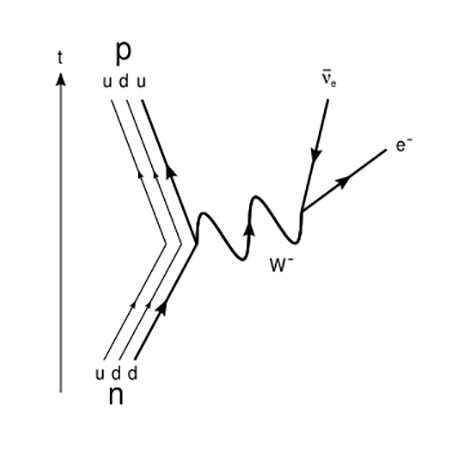The nature of the interaction
If you have been following along, you understand that the crux of the problem that experiments like Rustad-Ruby were designed to answer was to accurately describe the nature of the beta decay interaction.
The five coupling constants—A, T, V, S and P—represented mathematical terms in quantum mechanical equations that described beta decay. One constant was needed for simpler decays, called Fermi interactions. A different constant would be used in more complex decays call Gamow-Teller interactions.
As I said, the puzzle was to derive the right combination of constants to describe the nature of the interaction.
It strikes me that the puzzle I am solving has to do with a human interaction, the one between Professor Wu and her two graduate students. The problem that I face is to describe the nature of the interaction.
The interaction in the case of a He6 atom decaying into a Lithium6 atom involves the simultaneous emission of two particles, a free electron and a neutrino (or, more precisely, an anti-neutrino. As these particles are emitted the nucleus recoils, like a rifle backfire. Though the neutrino is undetectable, its angular momentum and other properties can be inferred by the behavior of the nucleus and free electron, two components that can be measured.
in the same way, we don’t know what exactly transpired between Wu and Rustad and Ruby, but we can observe the visible consequences of that interaction and work back to what must have happened.
So doing, I hope that we will yet obtain a clearer picture of the nature of this human interaction.

